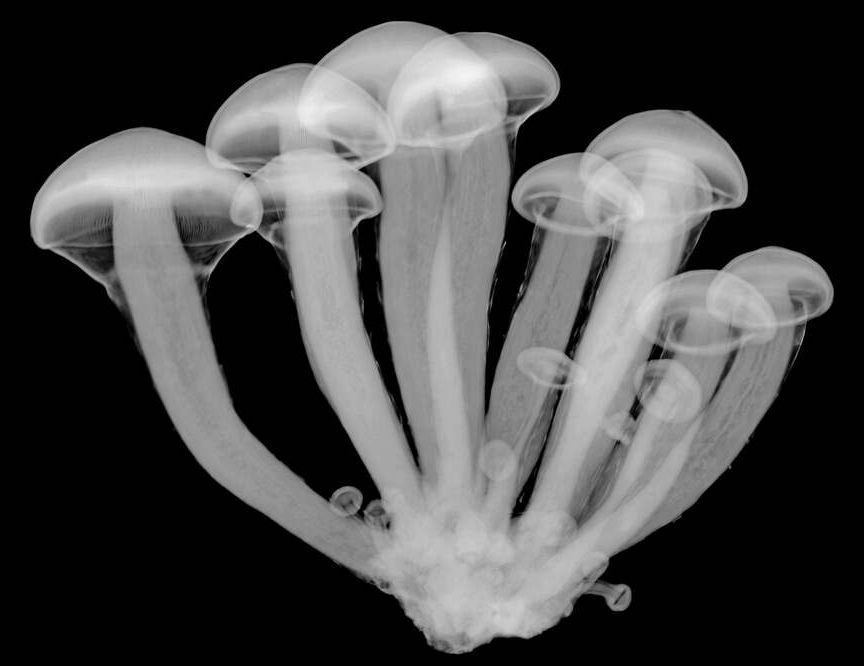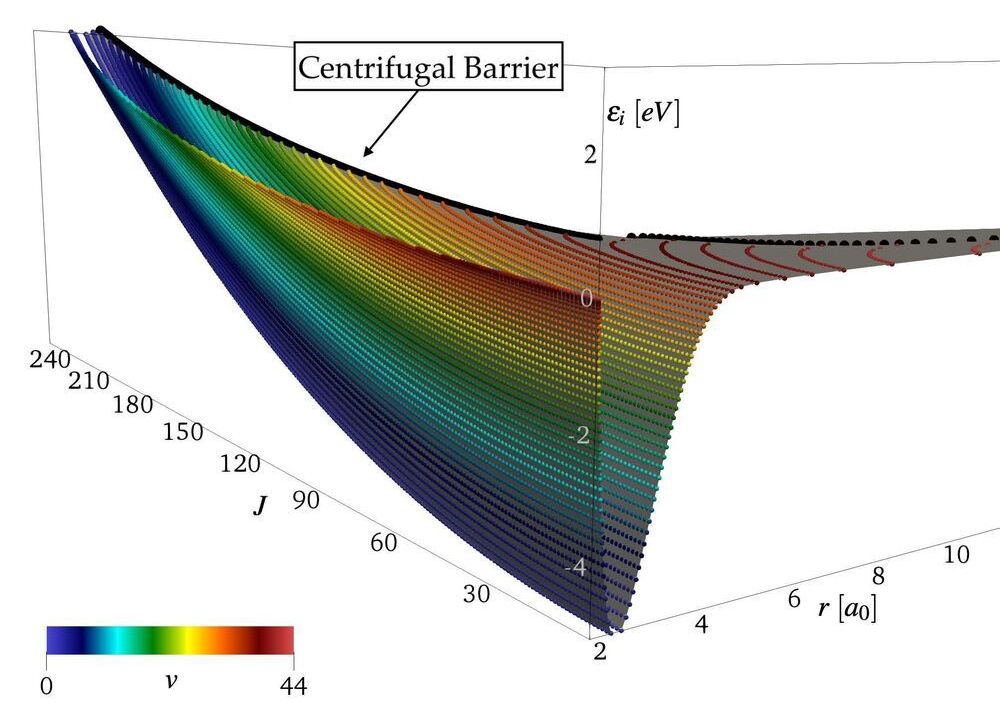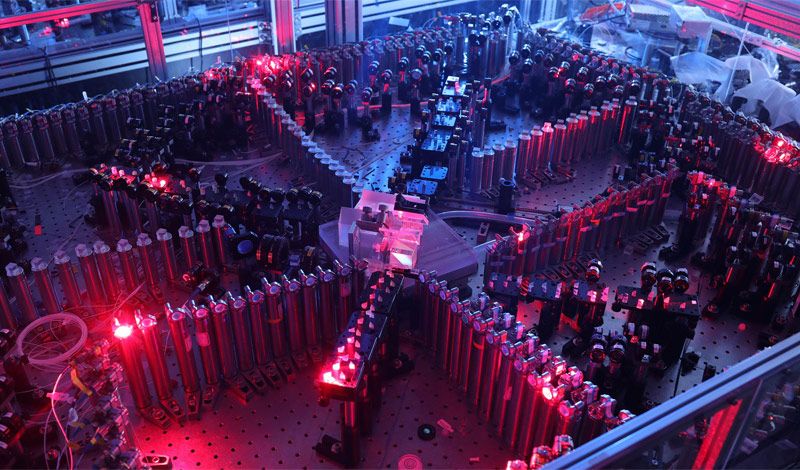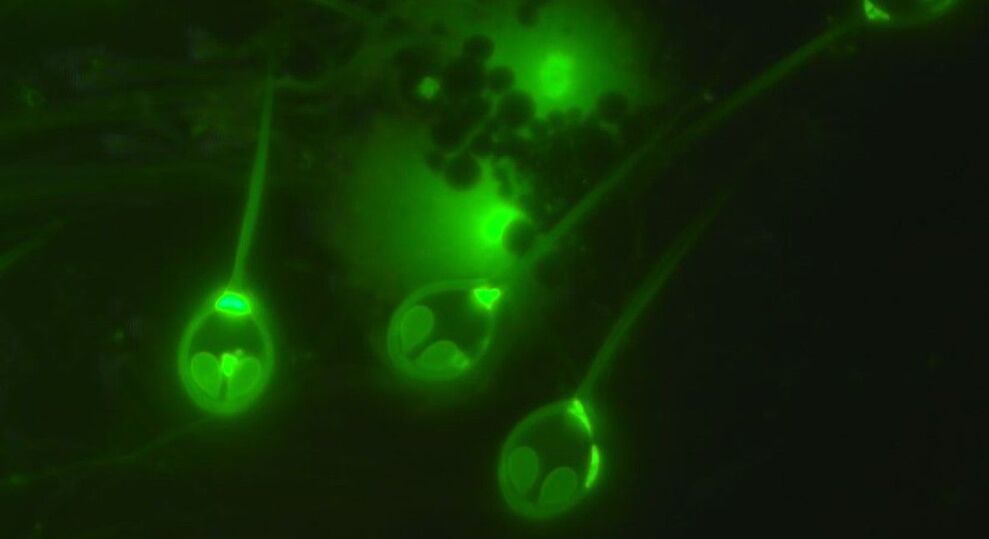Oregon became the first state to legalize therapeutic use of the drug, as new research affirms its benefits for treating depression.



An antimatter laser can turn matter in the black hole into energy.
Invisible object has two companion stars visible to the naked eye.
A team of astronomers from the European Southern Observatory (ESO) and other institutes has discovered a black hole lying just 1000 light-years from Earth. The black hole is closer to our Solar System than any other found to date and forms part of a triple system that can be seen with the naked eye. The team found evidence for the invisible object by tracking its two companion stars using the MPG/ESO 2.2-metre telescope at ESO’s La Silla Observatory in Chile. They say this system could just be the tip of the iceberg, as many more similar black holes could be found in the future.
“We were totally surprised when we realized that this is the first stellar system with a black hole that can be seen with the unaided eye,” says Petr Hadrava, Emeritus Scientist at the Academy of Sciences of the Czech Republic in Prague and co-author of the research. Located in the constellation of Telescopium, the system is so close to us that its stars can be viewed from the southern hemisphere on a dark, clear night without binoculars or a telescope. “This system contains the nearest black hole to Earth that we know of,” says ESO scientist Thomas Rivinius, who led the study published today (May 6, 2020) in Astronomy & Astrophysics.

Hypersonic flight is conventionally referred to as the ability to fly at speeds significantly faster than the speed of sound and presents an extraordinary set of technical challenges. As an example, when a space capsule re-enters Earth’s atmosphere, it reaches hypersonic speeds—more than five times the speed of sound—and generates temperatures over 4,000 degrees Fahrenheit on its exterior surface. Designing a thermal protection system to keep astronauts and cargo safe requires an understanding at the molecular level of the complicated physics going on in the gas that flows around the vehicle.
Recent research at the University of Illinois Urbana-Champaign added new knowledge about the physical phenomena that occur as atoms vibrate, rotate, and collide in this extreme environment.
“Due to the relative velocity of the flow surrounding the vehicle, a shock is formed in front of the capsule. When the gas molecules cross the shock, some of their properties change almost instantaneously. Instead, others don’t have enough time to adjust to the abrupt changes, and they don’t reach their equilibrium values before arriving at the surface of the vehicle. The layer between the shock and heat shield is then found in nonequilibrium. There is a lot that we don’t understand yet about the reactions that happen in this type of flow,” said Simone Venturi. He is a graduate student studying with Marco Panesi in the Department of Aerospace Engineering at UIUC.

When Gabrielle Diamond and her boyfriend, Brian Cox, showed up for eviction court on October 15, they were more than a little nervous.
The two had been renting a bedroom in transitional housing for veterans in Kansas City, Missouri, since January, paying $600 per month for their month-to-month lease. Almost as soon as they moved in, Diamond says, the issues started. The building was unclean and attracted mice, and the landlord would make unannounced weekly visits; at one point, the couple were asked to move out temporarily for house repairs without any assistance, financial or otherwise.

Understanding how matter interacts with light—its optical properties—is critical in a myriad of energy and biomedical technologies, such as targeted drug delivery, quantum dots, fuel combustion, and cracking of biomass. But calculating these properties is computationally intensive, and the inverse problem—designing a structure with desired optical properties—is even harder.
Now Berkeley Lab scientists have developed a machine learning model that can be used for both problems—calculating optical properties of a known structure and, inversely, designing a structure with desired optical properties. Their study was published in Cell Reports Physical Science.
“Our model performs bi-directionally with high accuracy and its interpretation qualitatively recovers physics of how metal and dielectric materials interact with light,” said corresponding author Sean Lubner.

Scientists stress that the symptoms of space travel aren’t exactly the same as aging, and many changes reverse themselves once people return to Earth, but the comparisons are still useful. Spaceflight is an immersive experience that spares no traveler, while aging happens to every Earthling whether we like it or not. As such, life in space is a good model for understanding aging as a chronic process, Bailey says. The barren otherworld of outer space could even reveal new ways to protect ourselves against the process of growing old.
Space travel induces bodily changes that are remarkably similar to growing old, providing a unique way to boost medical research.


